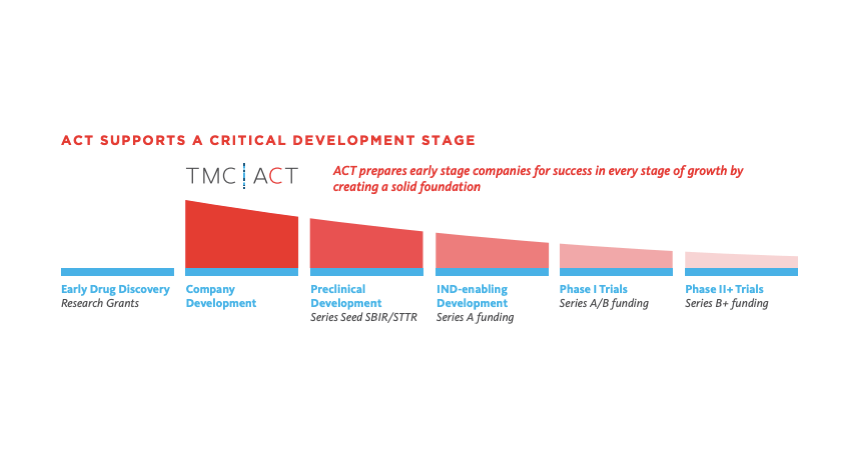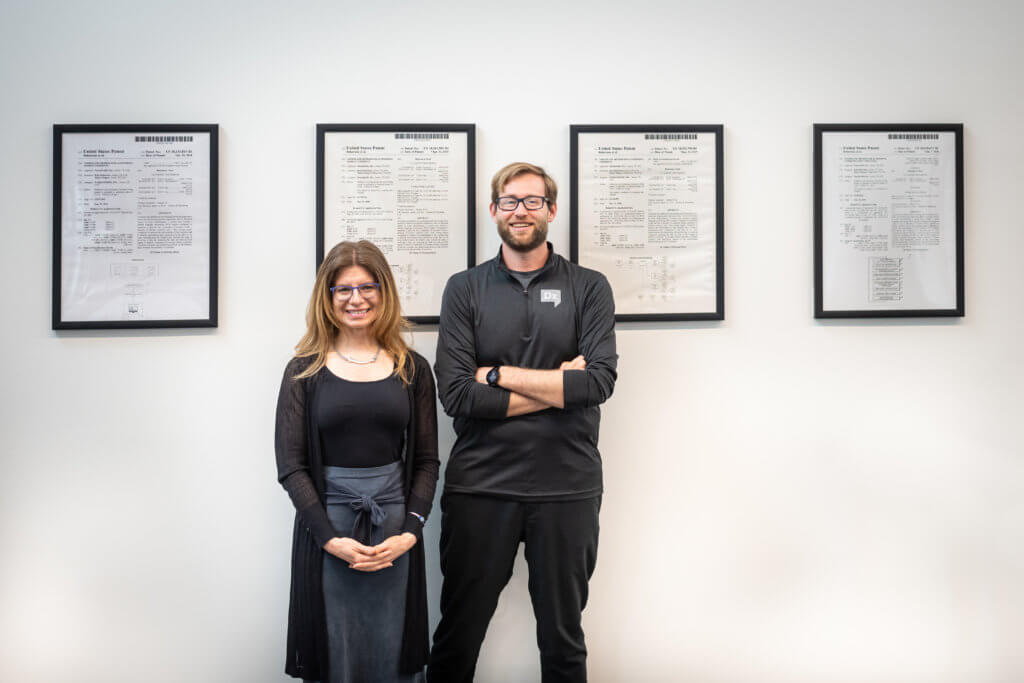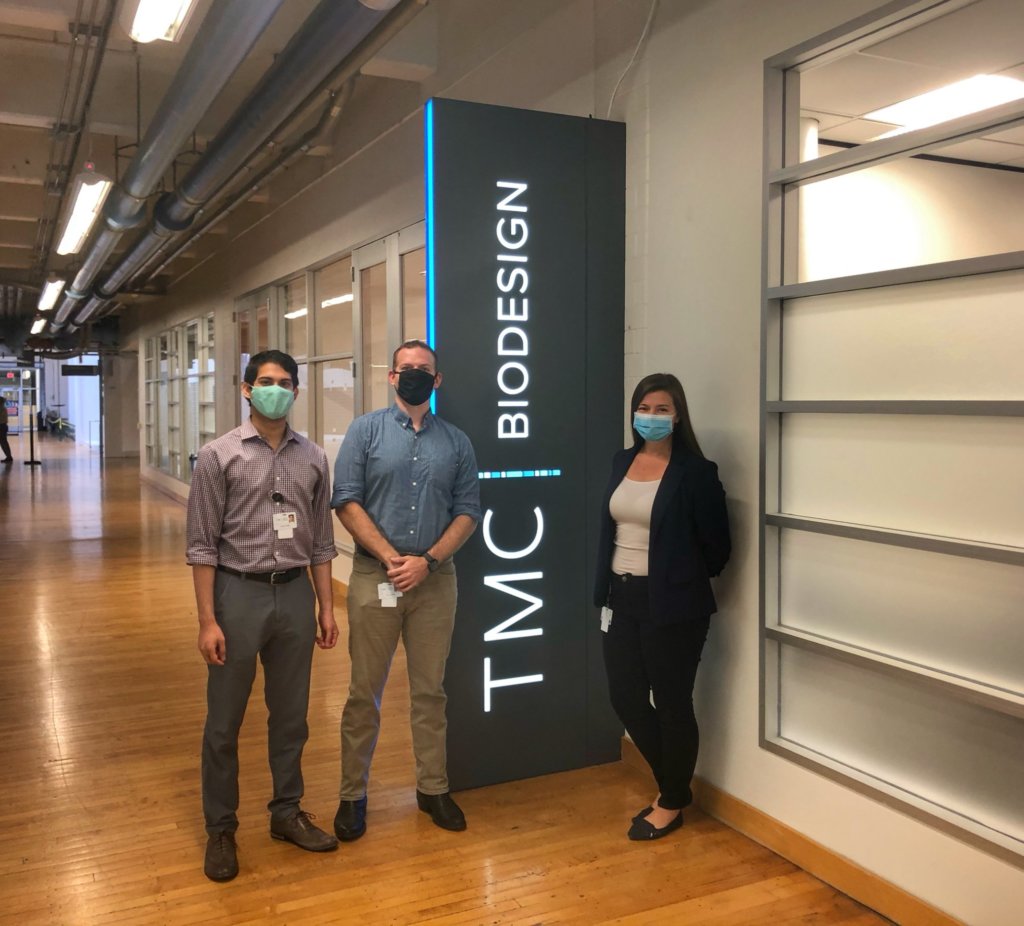Robotics company ABB debuts in the Texas Medical Center

International robotics company ABB opens a new, 5,300 square foot facility within the Texas Medical Center Innovation Institute this month. Its charge: identify and develop new applications for robots to help improve the efficiency of health care in the 21st century.
ABB’s effort is focused on “non-surgical” robots that work primarily in hospital laboratories. The idea is that robots can perform repetitive, delicate and time-consuming tasks such as dosing and mixing liquids, or loading and unloading other devices like centrifuges, allowing time for humans to perform more advanced tasks.
“With this exciting partnership, the Texas Medical Center continues to push the boundaries of innovative collaboration with cutting-edge industry partners by establishing the TMC as the epicenter for ABB Robotics’ entry into the health care space,” said Bill McKeon, president and CEO of the Texas Medical Center.
ABB arrives at the TMC at a time when it expects demand for non-surgical robots to nearly quadruple by 2025, according to its internal research.
TMC Pulse spoke with José Manuel Collados, who recently moved from Barcelona, Spain, to Houston to run ABB’s new facility at the Texas Medical Center. “We’re wide open to ideas,” Collados said. “We are trying to understand the highest needs in health care where we can contribute and support with our expertise. It’s a great mission.”
Q | Why did ABB view the Texas Medical Center as the right fit for this first-of-its-kind facility?
A | We feel really honored to be part of TMC Innovation. We started a process several months ago to look at new fields where robotics can help, and health care is a sector that has clear opportunities for robotics and automation. The decision was to start with an accelerator, focused in one place, and we truly believe Houston really offers the best ecosystem. We are inside the Texas Medical Center, the largest medical center in the world, working together with some of the most advanced researchers and physicians. The mission of the TMC and the TMC Innovation Institute is unique. Here, there are well-established companies like Johnson & Johnson, AT&T and now ABB, alongside great, smaller companies and innovative startups, all together in the same building. It creates an energy we think is very special.
Q | Tell me about your new facility. Who will be working there and what will they be doing?
A | Houston is the first facility for the ABB Robotics health care team. This is the first one in the world. We will be a team of around 20 people, including scientists, engineers and researchers, working with hospitals and other external companies. We would like to accelerate the development of the ABB strategy for health care, starting from a deep understanding of hospitals’ needs and regulation. We want to work together with the TMC to identify the challenges where flexible automation can help and, later, develop the concepts and technologies that will be used in the future to overcome them. All of this will be done in Houston.
Q | What are some examples of how your robots could be used in a hospital?
A | Our vision for the hospital of the future is humans and robots working together to enhance a variety of medical support procedures and tasks. Robots can easily handle repetitive or dangerous tasks. Some examples might be loading or unloading lab equipment or medical devices, or cleaning surgical equipment. Other examples include the sorting and handling of samples as they enter and exit laboratories. Another case is repetitive and labor intensive tasks where it’s absolutely necessary to maintain quality.
Q | You’ve talked about “collaborative” robots working in the lab. What exactly do you mean by that?
A | A collaborative robot is a robot that can work together with people. In the past we have always seen robots working inside of fences or safety enclosures, working on a repetitive task, always going to the same place (typically using rigid fixtures). With the use of collaborative robots, safety fences are not required for them to operate safely and efficiently alongside people. This will allow the use of robots in highly-populated environments, like laboratories.
The small footprint of the applications and integrated security allows them also to fit in the existing laboratory environments and processes. Our collaborative dual-arm and single-arm YuMi robots have integrated safety features. If YuMi senses an unexpected impact, such as a collision with a co-worker, it can pause its motion within milliseconds, and the motion can be restarted again as easily as pressing play on a remote control.
Q | How will patients benefit from the use of robots?
A | There’s a global shortage of skilled medical staff. Some laboratory test processes limit access due to a bottleneck. Automating some processes will enable higher productivity, safety and quality for the patient. Today, medical experts spend a large part of their time doing very repetitive and low-value tasks, such as preparing slides and loading centrifuges. Using robots to automate these tasks will reduce the potential for any human errors caused by fatigue and distraction and enable medical professionals to focus on more highly-skilled and productive tasks. Finally, we see increases in personalized health care.
Flexible robotic automation will support productive and reliable processes to be personalized down to the care of individual patients. Our experience from other industries and our forecasts from what we’ve researched already suggest we can improve productivity of some processes by 50 percent. This means, for example, faster delivery time of tests while improving quality and traceability.
Q | What lessons has ABB learned from using robotics in other industries that can be applied to health care?
A | We’ve learned about the need to continually invest in innovation. Our focus will be non-surgical, as this is very close to the current uses of ABB’s technology today. We see enormous potential for us to take our experience of developing automation solutions in food and beverage laboratories and apply this to health care laboratories.
Simplification is also a good strategy, and our robots are easy to install, program and commission. You do not need to be a robot expert to program them. We have also learned the importance of collaboration. Today, we’ve talked about collaboration between humans and robots. But we also know well the importance of working together with partners to accelerate development, and this is why we are in Houston.
This interview has been edited and condensed for clarity.




